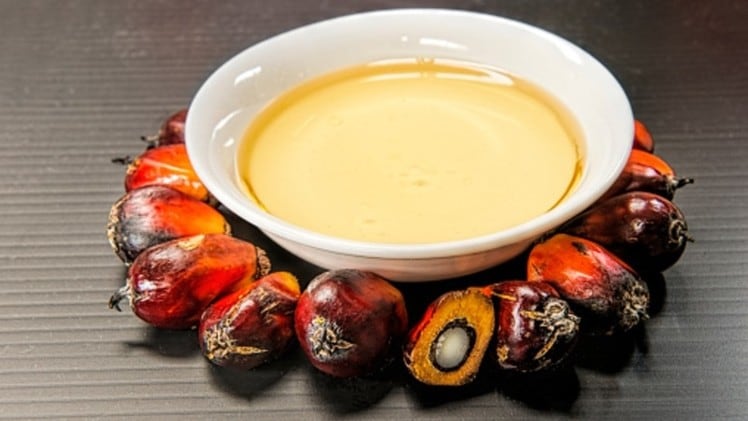Indonesia has traditionally been the world’s largest palm oil producing country, producing some 50 million MT yearly which is over half the global supply. Yearly production tends to peak in the third quarter of the year, but so far in 2021 this peak has failed to materialise, which experts believe is cause for concern.
“Indonesia usually has its peak production periods during July to September, but this has not happened this year – we’re still holding out hope that this will happen in October, but if it does not, then we are going to have a definite production drop,” Indonesian Palm Oil Association or Gabungan Pengusaha Kelapa Sawit Indonesia (GAPKI) Vice Chairman Togar Sitanggang told the floor during a recent Malaysian Palm Oil Council (MPOC) event.
“The situation this year is really very uncommon for Q3 – it is affecting various major plantations, and some say it is the effect of the El Nino drought in 2019, [but regardless of the reason] the drop in production is concerning [especially when considering that] Indonesia’s production growth is already decreasing or flattening as we haven’t had new planting areas for the past 10 years.
“[This could mean missing out] on some important opportunities as the world’s economy is currently rapidly recovering – the World Bank is predicting good economical growth for just about all countries compared to 2020, and this recovery [likely means] a return in demand as well as increased demand for palm oil.”
The world’s second-largest palm oil producer Malaysia has been seeing its own troubles as of late, with rampant COVID-19 cases forcing the country to shut its borders to foreigners - including migrant workers on which Malaysia’s palm oil industry is heavily reliant – but Sitanggang believes this is about to change.
“Malaysia has just approved the entry of 32,000 labourers from foreign countries to work on plantations, which will hopefully ease the tension of its low production,” he said.
“[But even as Malaysia’s palm oil production recovers], Indonesia is still the world’s largest producer and given that we have seen very strong demand for palm oil in the past two months, even overall production from both Malaysia and Indonesia combines may not be able to meet this demand.”
According to GAPKI numbers, most countries worldwide are already showing this growing demand for palm oil as compared to 2020, including China, Pakistan, the United States and Bangladesh.
“Palm oil prices are continuously going up this year as a result of this demand – so far it has hit the highest point ever in history (over US$1,207) and we believe these high prices will continue until mid-2022,” said Sitanggang.
“As more economies open up and [travelling resumes], demand is only going to increase [and we still hope] Indonesia will be able to meet this - COVID-19 did not affect us with labour issues like Malaysia, and there have been strict regulations in place to keep operations running.”
Refined oil demand higher in India
India has traditionally been one of the biggest palm oil markets globally, but demand was heavily affected in the past year, likely due to the nation’s rise in COVID-19 cases as well as lockdown impacts on the foodservice and tourism industries, where palm oil is used the most.
“We predict that overall Indonesian crude palm oil exports will be down by some 54.4% compared to last year, from about 7.17 million MT to about 3.27 MT, and a lot of this impact will be due to decreased volumes taken by India,” said Sitanggang.
“That said, India has recently also reduced its import duty on palm oil and other soft oils to ease local competition, and because of this we are seeing an upturn in demand for refined palm oil, as it is more economical to import a ready-to-use product at this point as compared to the crude product and processing it locally.
“So overall, we believe that Indonesia’s total exports will perform slightly better than last year, perhaps with growth of around 1% or so.”


